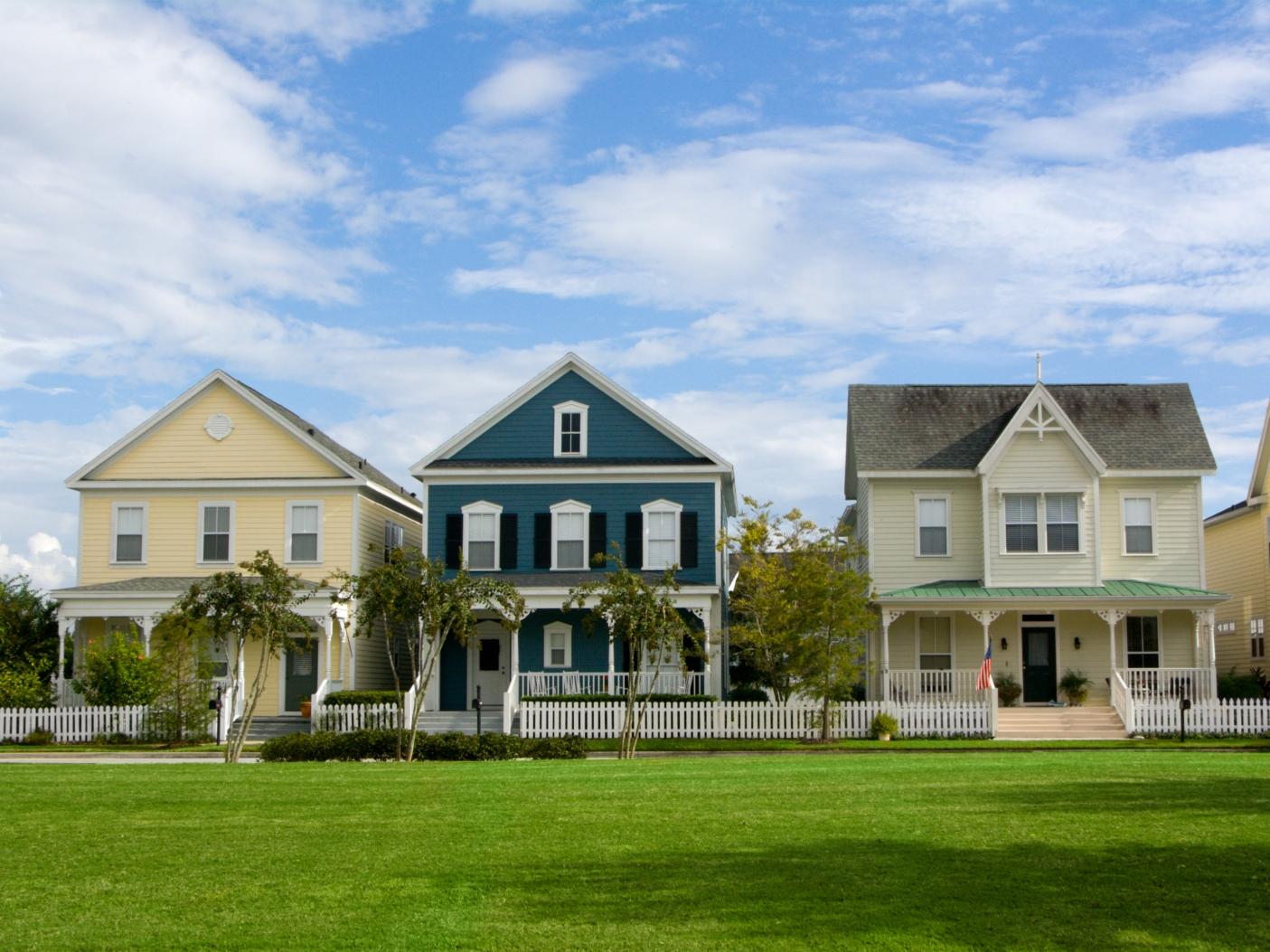
6 minute read
ART & CREATIVITY The Fine Art of Looking
By Laurie Lamont Murray
In this column we've talked about art from many directions: Where to see artists at work, how to collect, hang and display art, where to take classes, artists giving back. But we haven't really addressed the Mword. Right—Museums! Undoubtedly, some of our readers serve on museum boards and love helping them thrive, not to mention enjoying the perks: attending parties, lectures and openings. Others of you may have an arsenal of excuses: Museums are expensive, elitist, boring, and it would take all day to see one properly.
Advertisement
Let's start with some of those fallback positions. Did you know that many museums have free or pay-what-you-like days? And museums everywhere are bending over backwards to offer content that is fun and appealing. Fashion, furniture and interactive elements based on technology are a few new twists which add excitement to exhibits and make them an integral part of 2023. Some of these features borrow from science museums; others seem to have originated in children's museums and programs designed to appeal to families with children.
We could dismiss changes like these as dummying down the purpose of museums.
And wonder whether museums are pandering to entertainment-seekers to increase revenue? After all, they need to function as businesses as well as cultural institutions. Or we could pause to observe the wide-eyed excitement and the opening of little minds when an exhibit is appealing. Why wouldn't museums want to reawaken those feelings for the child in all of us?
Bear with me, purists, I feel your pain. As much as it is educational and cultural, museum-going is also entertainment. Now more than ever, people need happy, interesting diversions and there is a world of competition for where and how that happens. For many of us there is no substitute for the peace and joy that comes with quietly contemplating a truly breathtaking work of art. But — you've seen it — there is always someone poised to just take a selfie and move on, with that little certificate of art appreciation tucked back into their pocket. We can try to take a deep breath and hope that they'll come back another time to really look at the art.
You might be thinking that there are all kinds of museums out there for people who aren't really interested in Fine Art. Consider: A hip hop museum in the Bronx, a pizza museum in Philadelphia, a museum of bad art in Boston, The International Clown Hall of Fame in Wisconsin — the list goes on and on.

The traveling Van Gogh immersive exhibits offer an interesting perspective: it is safe to say that curiosity drove most people to visit these innovative pop ups. For art lovers, the experience was novel, and hopefully fun. For others — the many people who may never have visited a museum, much less seen a Van Gogh — the immersive concept was a beginning!
If you've decided that giant fields of Van Gogh flowers projected on the walls around you and choreographed to music is more stimulation than you need most of the time, you're probably ready for a “real” museum.
Start by recognizing that many of the best museums are too large to see in a single visit. Are you passionate about environmental issues? Indigenous artifacts? All things equestrian? You can find listings for special exhibits that might match your specific interests, and read more about what you might see there. Or just go with an open mind and see what captures your attention. Go for whatever time you can spare, maybe just an hour or two for starters.
If you begin with the idea that you can always come back, you're less likely to be overwhelmed. You may want to eliminate whole centuries or categories of art just to make your visit more manageable. You're in charge, so relax and see what speaks to you. You can read the wall plaques, listen to an audio tour, join up with a docent's talk, ask the knowledgeable guards a few questions. And give yourself enough time to just look.
You'll find that you connect with some artworks more than others and you might learn some things about yourself when you ponder just what is it about this artwork that captivates you. You may love the vibrant colors in an abstract piece, and be equally intrigued by the quiet moody shadows of a landscape. Maybe figurative paintings and portraits will be your stand out favorites. As you move closer, you are amazed by the intricate brushstrokes. Then you step back and the composition suddenly makes perfect sense. Who knew your capacity for art appreciation was so complex and diverse? You might also be surprised to find that there are actually health benefits to your visit! Research shows that looking at art boosts confidence, lowers anxiety, and helps us feel more empathetic and tolerant. Best of all, seeing something we find to be beautiful releases dopamine into the brain, which is the same thing that happens when we fall in love!
If you come to a museum with friends, you might want to make a plan to go your separate ways and meet up later. With children, as always, you'll need to adjust your expectations to accommodate their energy and attention spans. But small doses of art do sink in over time! (I grew up in a family of artists and art lovers but my brother and I were much happier climbing on the huge stone animals outside the museum than in seeing what was inside. My mother had the wisdom to point out a few artworks in fun ways that would interest us, and then call it a day.)
To supplement their often vast permanent collections, most museums create outstanding exhibits throughout the year, accompanied by lectures, films, classes, music, receptions and other special opening events. If you decide that you'd like to support the arts and that joining a museum will get you there more often, there are multiple levels and benefits for members — not to mention discounts at their first-rate restaurants and gift shops! Whatever you do, enjoy yourself!
GOLF ETIQUETTE Golf and the Environment
Few sports rely more heavily on nature than golf. However, environmentally friendly golf can sound like an oxymoron.
Environmentalists argue that golf courses disregard how their water requirements wreak havoc with watersheds, their synthetic chemicals decimate pollinators, their landscapes incorporate non-native species, and their golf carts and greenkeeping tools belch gas and pollutants.
But golf not only benefits our physical and mental health — it is in a unique position to be an ecological and economic asset for many communities.
Modern greenkeeping practices and technologies have made courses far more sustainable. Innovations include sophisticated irrigation systems that use recycled non-potable water, improved turf breeds with enhanced drought tolerance and disease-resistance, and the potential to rehabilitate degraded landscapes (mines, quarries, landfills) that are not suitable for other land uses.
When Matt Schiffer, golf course architect, civil engineer, and independent accredited sustainability verifier for the GEO Foundation thinks of the perfect golf course, he visualizes the Royal Dornoch Golf Club in Scotland. (https://royaldornoch.com) Why?

“Dornoch is a gorgeous, ancient course (dating back to 1616) in a natural seaside environment. And it's a perfect example of how the most ecologically advanced approach to golf course design is grounded in the past. Links land originally existed between towns and the ocean. The soil was poor for farming, on land which was often used for sheep pastures and so was naturally wellfertilized and cropped short. Further, since this land is “commonly held” it is accessible and seamlessly integrated into the community. It's a vital asset for the townspeople.”

Even today the best soil for golf is sandy, never wet, and ideal for the kind of turf (fescues) that don't need a lot of fertilizer or pesticides. If you build a course on land with freely draining soil that's well-suited for dry conditions, you save massive amounts on modifications with earthworks, subsurface pipe, sand capping, etc.
Many newer courses are trying to become “greener.” Along with using recycle wastewater, they build irrigation ponds and protect natural wetlands on their properties. Some encourage native bir pollinators, and wildlife to reside ther restoring plants that are indigenous to the area on as much of the property as possible — particularly around water features. Several courses have even built small, floating islands with native plants for nesting birds.
More advanced options to lessen a course's carbon footprint include investing in electric carts, battery-powered greenkeeping tools, solar power, car charging ports in parking lots, and nonplastic products like bamboo tees and ball markers.
Clearly, there are many options to stimulate healthy eco-systems on golf courses. From the “Old Course” at St. Andrews, to the newest facilities in the Middle and Far East, careful planning can make golf courses better environmental stewards and strong community assets.
Like to join a great group of golfers? The Golf Tour of Greater Philadelphia is welcoming new players! Find information about our tours and tournaments at www.golftourphilly.org or contact TonyMcCarthy@golftourphilly.org.
*The Golf Tour of Greater Philadelphia (GTGP) is a locally-operated golf league for amateur golfers. We play competitive golf in a collegial atmosphere at a great price! GTGP is also an associate club of the Golf www.golftourphilly.org
TonyMcCarthy@golftourphilly.org 484.753.4914










